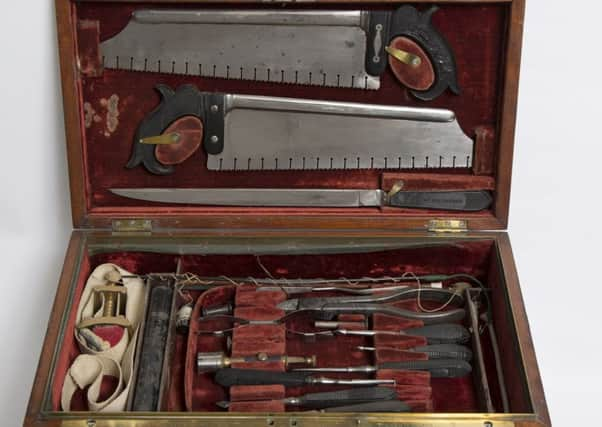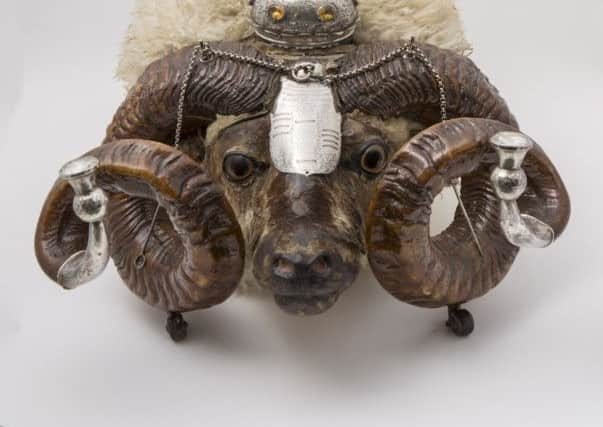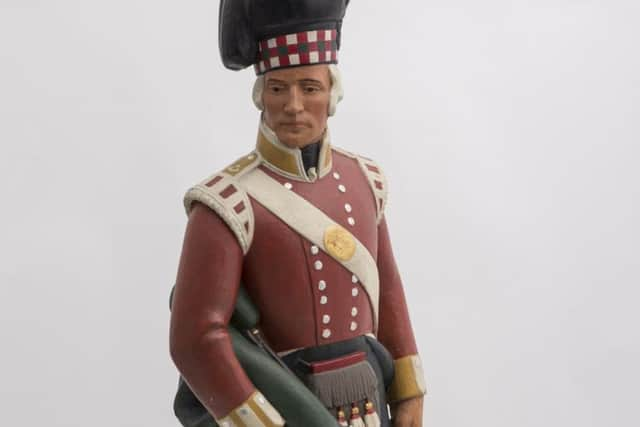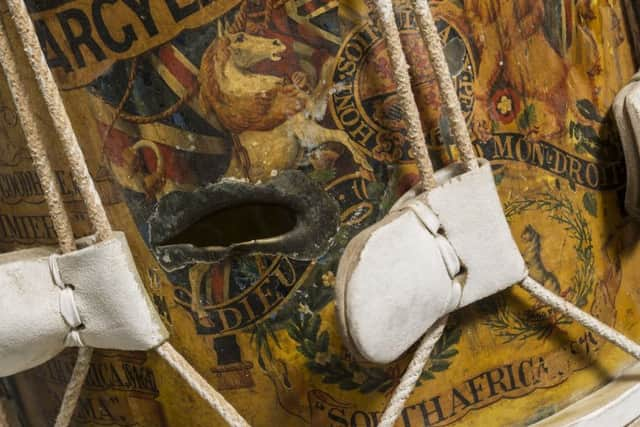National recognition for the stirring story of the Argylls


In 1967, led by maverick Lt Colonel Colin “Mad Mitch” Mitchell, they declared “Argyll Law” and smashed Arab terrorists in Aden.
But these are just three very different episodes from the blood-and-thunder history of the legendary Argyll and Sutherland Highlanders- who fought (and usually won) everywhere from the Napoleonic Wars to Korea.
Advertisement
Hide AdAdvertisement
Hide AdMost people in Forth Valley probably know somebody who had a dad or grand-dad in the Argylls, because Falkirk and its surrounding districts was always a key recruiting area.


But while their incredible story has been recounted in many books it’s only now - with the success of an ambitious new scheme - that the physical evidence of their history has received true national attention.
This week the unique collection of the Argyll and Sutherland Highlanders Museum at Stirling Castle, one of the UK’s most popular regimental museums, has achieved recognition as being Nationally Significant to Scotland.
It’s a distinction which raises the profile of the museum at a time when it’s involved in a £2.6million development project, and effectively guarantees its future as an iconic national resource.
Advertisement
Hide AdAdvertisement
Hide AdRob Layden, chief executive of the Argyll and Sutherland Highlanders Museum said: “This award provides the Museum with national accreditation status that will help secure its sustainable future.


“The endorsement of the Scottish Government enables us to form partnerships that will help encourage visitors to see our unique and fascinating collection for themselves”.
“National Significance also underlines the historical and cultural value of the collection here at Stirling Castle, reinforcing our case that the regiment’s story is closely intertwined with the history of Scotland.
“We hope it will encourage more people to come and see the unique collection we have here.”
Advertisement
Hide AdAdvertisement
Hide AdThe regimental museums award is only the second distributed collection application to be successful, following the award to National Burns Collection held by eight different institutions.


Comprising more than 160,000 objects, the collection is distributed in museums and archives across the country.
As well as military material such as uniforms, insignia and weapons, the regimental museums also hold fine and decorative art, rare manuscripts and original photographs. . The recent centenary commemorations associated with the Great War have underpinned the importance of the collective memories preserved in the collection.